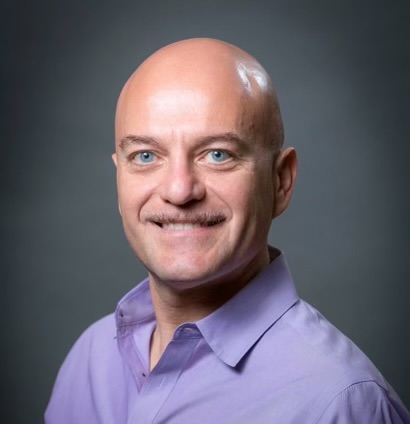
Haissam S Elzaim, MS, MD, PhD
Board-Certified Orthopedic Surgeon
Fellow of the American Academy of Orthopedic Surgeons
Shoulder pain is a very common problem. Every year, up to 3% of the U.S. population present to their doctor with shoulder pain. It is estimated that up to 70% of us will experience shoulder pain in our lifetime.
As a shallow ball and socket joint, the shoulder allows more movement than any other joint in the human body. However, that freedom of movement comes with problems, like muscle imbalance and instability. The rotator cuff muscles are a group of four muscles that surround the shoulder joint, providing stability and allowing movement.
Rotator cuff injuries are the single most common cause of shoulder pain. Rotator cuff problems range from inflammation (tendonitis and bursitis), to impingement (pinching of the rotator cuff muscles), to partial and complete tearing of the muscle. The most common cause of rotator cuff problems is repetitive use, but injuries can also result from trauma caused by lifting heavy objects, sudden jerking movement of the shoulder, or a fall. Symptoms of rotator cuff problems include pain, sleep disturbance, weakness, difficulty with overhead activities, and loss of movement/function, especially when reaching overhead.
Diagnosis of rotator cuff injury is typically done by obtaining a thorough history, conducting a detailed physical exam of the joint, and reviewing basic imaging studies, such as X-rays. Sometimes more advanced imaging, like an MRI, is needed to confirm the injury. Treatment of rotator cuff injury includes rest, anti-inflammatory pain medications (Motrin, Aleve), physical therapy to strengthen the shoulder muscles, and steroid injections to control pain and inflammation. Surgery is sometimes indicated when conservative treatment fails.
A rotator cuff tear is best repaired arthroscopically by introducing a small camera in the shoulder joint to visualize the tear and repair it. In cases when the tear is old and too large, the tendon may not be repairable. At that point, the surgeon may offer to introduce a fluid-filled balloon in the space above the tendon, which helps restore strength and provide pain relief. As a last resort, the surgeon may offer reverse total shoulder replacement. In reverse total shoulder replacement, the surgeon uses a special shoulder prosthesis that provides pain relief and facilitates overhead reach for patients with a torn rotator cuff muscle and shoulder arthritis.
If you have questions regarding shoulder pain or would like to speak to one of our experts, please contact the DHR Health Orthopedic Institute at (956) 362-6890, or visit our website at https://www.dhrhealth.com/services/orthopedics/.




